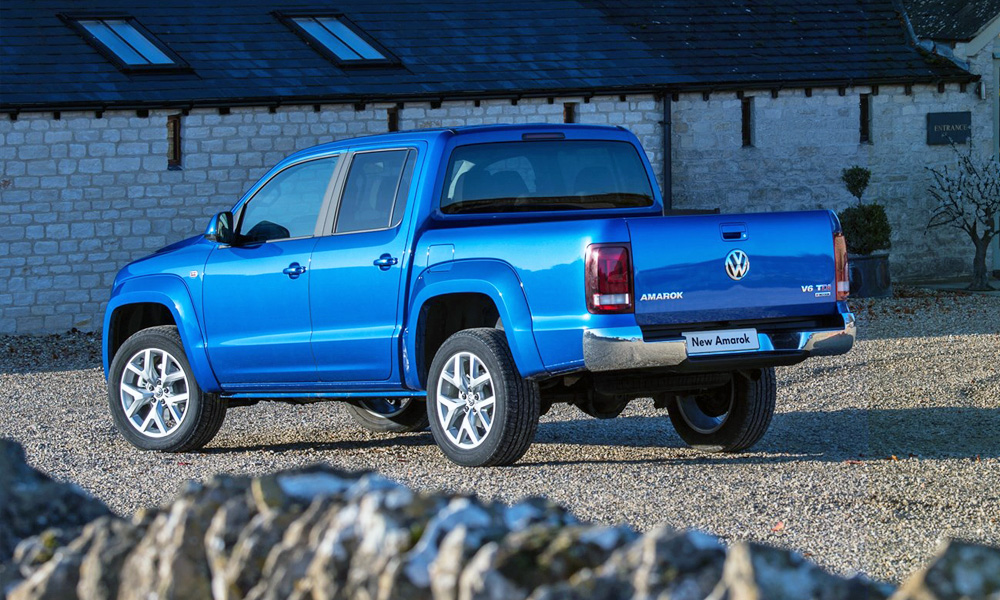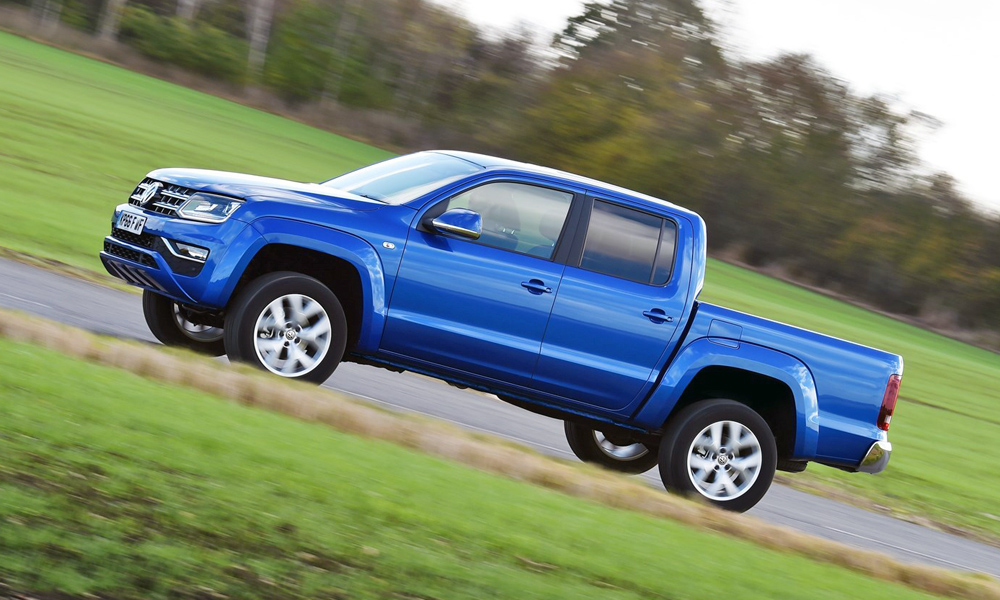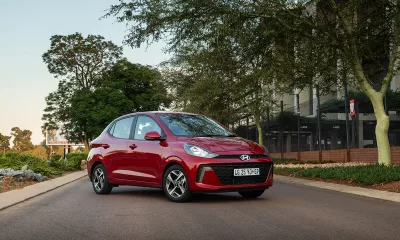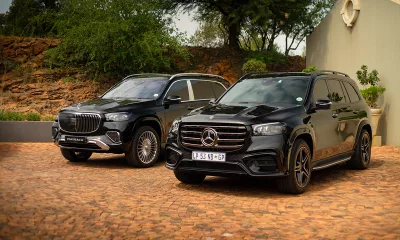BLOEMFONTEIN, Free State – Having already taken top honours in our recent bakkie shootout (May 2017) with the 2,0 TDI version, Volkswagen SA has now gone even further up the ultimate leisure double-cab ladder by releasing the long-awaited V6 derivative (see pricing for the facelifted range here).
This is a 90-degree engine that has also been used in the likes of the Audi A6 and A7. To limit the danger of having too much power in a bakkie, VW has reduced the outputs to 165 kW and 550 N.m, with the latter on tap between 1 400 r/min and 1 750 r/min. For extra overtaking verve, however, an overboost function enables one to push the maximum outputs up to 180 kW and 580 N.m for 10 seconds.
With all this grunt, it’s gratifying that the claimed overall fuel consumption is just 9,0 L/100 km, suggesting an CAR index figure of 10,8 L/100 km. Zero to 100 km/h comes in at a claimed 8,0 seconds.
While the engine is new, there was no need to alter the automatic transmission. This eight-speed unit is by far the best in the business, going about its work as if it were a DSG in a Golf GTI. One thing I mentioned in my long-term Amarok wrap-up was that the bakkie was so sportily orientated that it would be great to have paddle-shifters. Well, now you can, albeit as an optional extra.
First gear is not as low as the first ratio on the manual gearbox, but we have never had a problem with even the worst of rock-crawling inclines. There is no doubt as to the popularity of the auto over the manual, since more than 80% of buyers chose the self-shifter in 2016, according to VW SA.
Permanent 4×4, meanwhile, takes care of all road surfaces with a Torsen centre differential and both electronic diff locks, plus a mechanically lockable rear diff. The towing capacity has been upped to 3,3 tonnes (the Amarok chassis is said to be 200 kg lighter than its competitors) and underbody bars are fitted for sump protection.
Two rear spring designs can be specified if you need to carry heavy loads on a regular basis. Thankfully, there is no cost implication and the heavier setup increases the payload from 867 kg to 1 010 kg.
Off-road ABS
Ventilated disc brakes front and rear take care of braking and the ABS is not just a programme for tar use. If you press the off-road button, you get a combination of hill descent control, a switch to sport shifting (where the gearbox hangs on to gears into higher revs) and the ABS programme recalibrated to off-road use, so as not to reduce the braking effect too much.
The hierarchy of models starts at the familiar Comfortline level, with cloth seating, 17-inch wheels and cruise control. Next up is Highline, which includes 18-inch alloys, leather seats, more chrome, four 12V sockets and auto climate control.
Our test car was the Highline Plus with (optional) 19-inch wheels, bi-Xenon headlamps, automatic light and wipers, sat-nav and a rear view camera with park distance control. The top-spec derivative bears the Extreme badge (and is the most expensive bakkie in SA), and adds even more chrome, a bespoke Ravenna Blue metallic paint scheme and Nappa leather upholstery.
The driving experience is difficult to expound on since it is everything that the 2,0 TDI delivers, but more. Comfort levels are high both on and off the tar, the steering feels just right (backed up by supple leather wheel covering), the brakes are great, the transmission we have already enthused over and the engine delivers bags of torque for all occasions.
Mountain passes can be tackled as with a sports sedan as long as you take into account the semi-off-road tyres and the higher centre of gravity, while gravel passes (such as one I used near Calitzdorp) can leave you yearning to take up a stint of rallying. Naturally, stability control and off-road ABS help here.
The long road…
I had the enviable job of not only piloting the V6 on the launch in the Free State, but also driving it back to Cape Town via the historic towns of Bethulie and Graaf Reinet, and then along the splendid Route 62, before joining the rat-race traffic on the N1.
And that extra time with the new derivative allowed me to learn this: there is one problem with the V6. It tends to make you more aggressive in your driving. With so much torque, you don’t have to wait behind slow trucks, taxis or others who are of the opinion that a mere bakkie could not possibly overtake them. A dab of the throttle, sometimes with a changing down from top gear, and the move is over. The overboost is not perceivable but the huge grunt is, especially when accelerating between 100 km/h and 120 km/h. The sound, of course, is not quite the same as that offered by a petrol V6, but the fuel consumption is way better.
I filled up twice, first at Graaf Reinet and then at Ashton. On the first day, I had some time so I did my own economy run and watched the range-to-empty figure climb from 600 km to 1 070 km (the read-out fell to 6,5 L/100 km). The next day, I had to put foot and so almost the opposite happened, but it still came out as just over 10 L/100 km. The final day was a mixture of fast and slow driving. With sedan-like comfort, I never grew tired.
For the record, a three-year warranty and five-year service plan accompany the model range, with service intervals set at 15 000 km.
In summary, this Amarok occupies top spot in the food chain and is capable of showing other bakkie drivers the “V” sign. That is, the V6 on its tailgate to explain to them just why they’ve been left in the dust…










